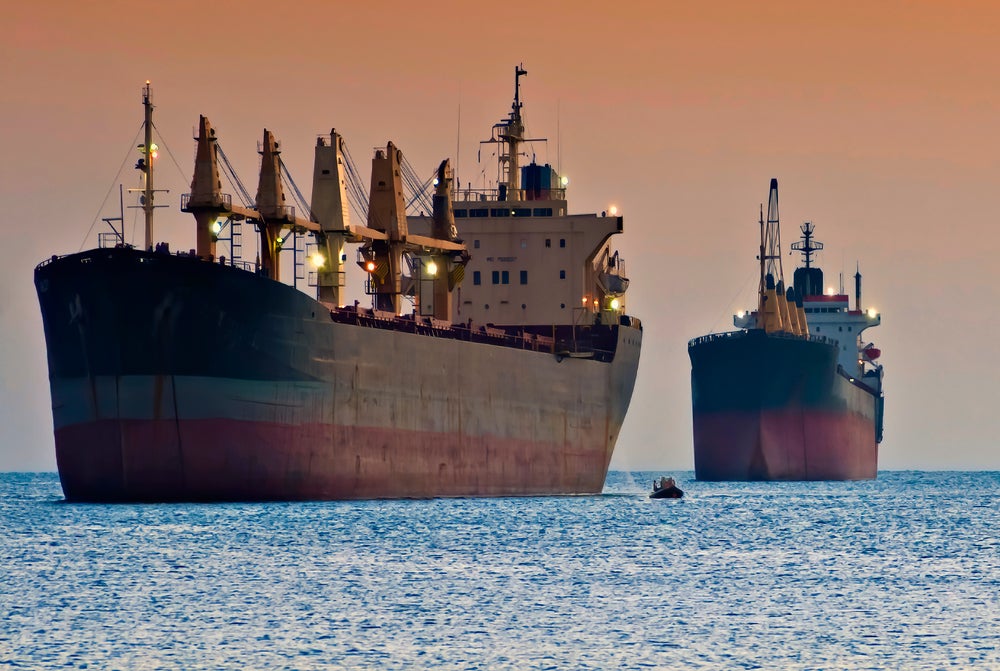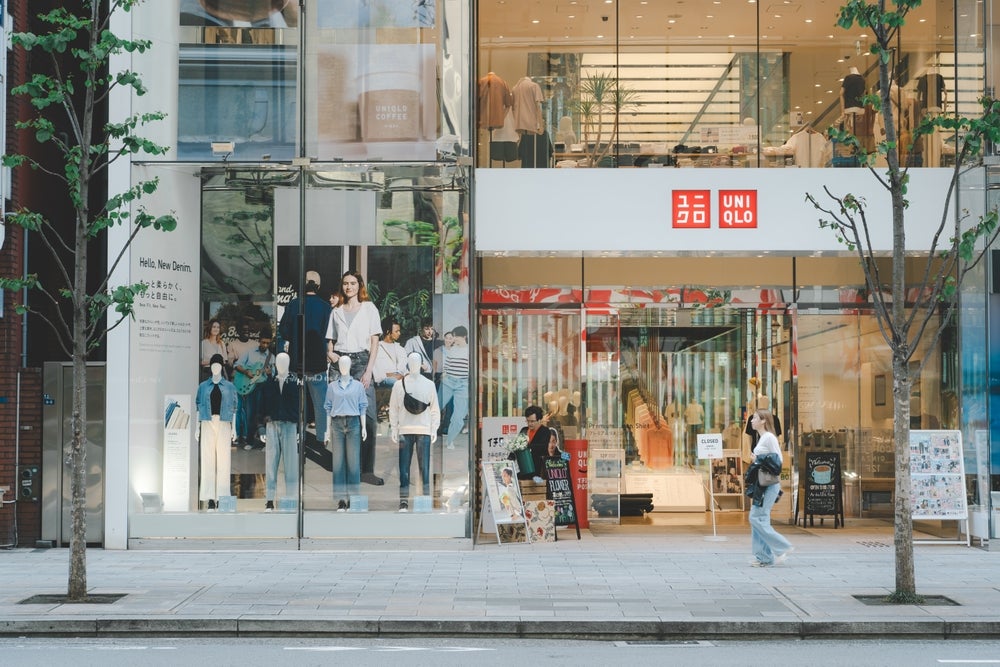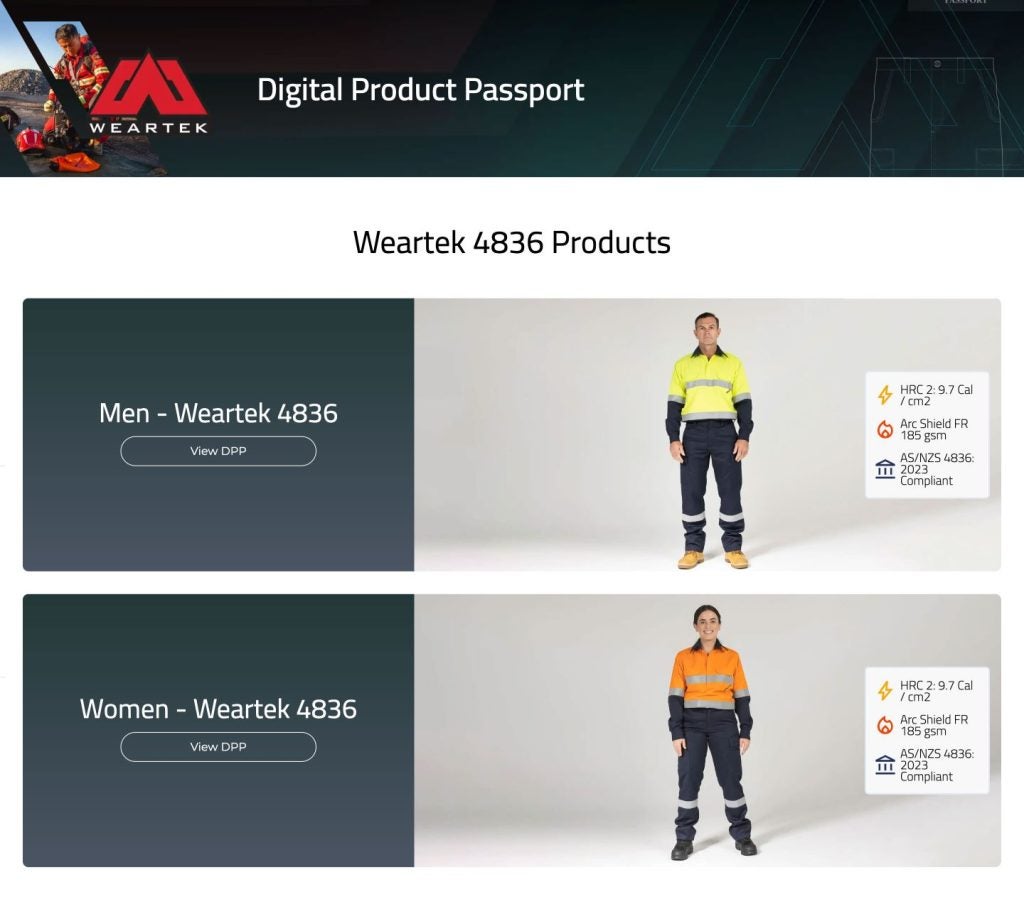Hurricane Beryl rapidly intensified to become a Category 5 storm on 1 July, which is the highest ranking level for a storm, and made it the earliest on record to ever reach that level in the Atlantic basin.
While attributing specific storms to climate change is complex, exceptionally high sea surface temperatures in the Atlantic Ocean, the development of La Nina conditions in the Pacific, are seen as a key reason why Beryl has been so powerful.
This came from experts at the National Oceanic and Atmospheric Administration (NOAA) who predict an 85% chance the 2024 Atlantic hurricane season, which spans from 1 June to 30 November, will be “above normal”.
NOAA is forecasting a range of four to seven major hurricanes within category 3, 4 or 5; with winds of 111mph or higher. Weather forecaster AccuWeather estimates that Beryl's total damage and economic loss will be between $28bn to $32bn.
When Beryl escalated to a Category 5 storm its destructive path took it through the Caribbean and the Yucatán Peninsula before making landfall in southeast Texas, US.
Apparel industry reveal how Beryl has disrupted the apparel supply chain and what the sector can expect given the predictions of a bad hurricane season ahead.
Impacts of Hurricane Beryl on the US apparel supply chain
Although Beryl has since weakened to a tropical depression, GlobalData’s retail analyst Neil Saunders tells Just Style its initial impact created disruptions in shipping, air freight and temporary port shutdowns within the US, collectively impacting lead and delivery times.
Gherzi Textile Organisation partner Robert P. Antoshak specifically points out that Ports Houston and Galveston were shut for several days and as both are significant ports of entry along the Gulf Coast, “the most direct impact of the apparel supply chain will be felt there,” he adds.
The port closures for damage assessments and repairs have caused a significant backlog, with over 250 vessels, mostly tankers, waiting to dock, according to Project44’s supply chain update.
This delay is expected to have substantial repercussions on retailers importing holiday goods, as this period marks the beginning of the ocean shipping peak season.
Although both ports are reported to be open and working to move delayed shipments, Antoshak says it will take until next week for us to know the "full impact of delays".
Saunders does however note the hurricane season is “well established” in the US and doesn’t believe any dramatic changes will affect the apparel supply chain from Beryl alone.
He predicts that logistics should normalise as we move into next week, provided the “damage isn't too great,” but also cautions that it may take some time to catch up with backlogs.
Beyond Beryl: How to prepare for the 2024 hurricane season
With more high-category hurricanes expected in the US this summer, Saunders advises apparel brands to “build in some slack” into deliveries during the season and have quickly actionable "contingency plans" to make sure goods reach US retailers and consumers.
He believes “just-in-time” supply chains can be difficult to plan for exceptional weather events and therefore he suggests: “Having a recovery plan is important so that in the aftermath of a weather disaster, things can get back on track smoothly.”
Antoshak confirms there is talk in the trade of people moving up their shipping times for holiday merchandise to “hedge against Red Sea disruptions and Panama Canal disruptions,” and points out that in the case of the Caribbean, shorter lead times can help companies better plan against potential storms.
He uses Mexico as an example where extensive trucking of merchandise does not make the supply chain immune to hurricanes and other weather-related events but instead provides an “efficient delivery chain that can workaround such disruptions.”
Is nearshoring a shield against natural disasters?
Despite believing the apparel industry would not incur any serious damage from one hurricane alone Saunders warns that if natural disasters increase in frequency, it could lead to higher insurance rates for shipping, which would increase costs.
Saunders believes that because of this it is likely retailers will progressively look at alternative ports and points of distribution to avoid affected areas, “But, these are big changes so the evolution will be gentle rather than overnight,” he adds.
Most logically, Antoshak sees companies continuing to diversify their sources of supply in response to natural disasters.
“Although the hurricane season seems to be getting longer each year, people need help to plan for when or if hurricanes will affect the region,” he says. “Even so, a common-sense sourcing approach that permits quick adjustments to manufacturing and delivery lead times can provide an effective strategy.”
According to Antoshak, onshoring and nearshoring gain importance in situations like Beryl due to the benefits of being geographically close to the US market and having shorter shipping and delivery times.
However, Saunders points out that while onshoring and nearshoring can help avoid shipping problems during natural disasters, these are just one factor in the complex decision of where to locate production capacity.
Impact of bad hurricane season for Haiti’s apparel sector
Haiti was fortunately spared from Hurricane Beryl's direct impact, however its position in the Caribbean and role in apparel manufacturing for the US market make it a critical consideration in hurricane preparedness discussions.
When asked about what the US can do to help Haiti's apparel sector prepare for the anticipated hurricane season, Antoshak says: "Haiti faces the same weather threats as everyone else. The US has a policy of supporting the country's economy when possible, although recent political problems in Haiti only make such assistance more challenging."
The country's ongoing political and economic challenges have left it particularly vulnerable.
The HOPE/HELP allows duty-free access for certain apparel and textile products from Haiti to the US. Its renewal brings with it an increasing nervousness and scepticism leaving “buyers waiting on the sidelines”.
Georges Sassine, owner of Port-au-Prince–based AG Textiles SA and board member of the Association of Industries of Haiti (ADIH – l’Association des Industries d’Haïti) said the attitude of prime minster Garry Conille is encouraging and he has promised to do all he can to ensure HOPE/HELP is extended.
















